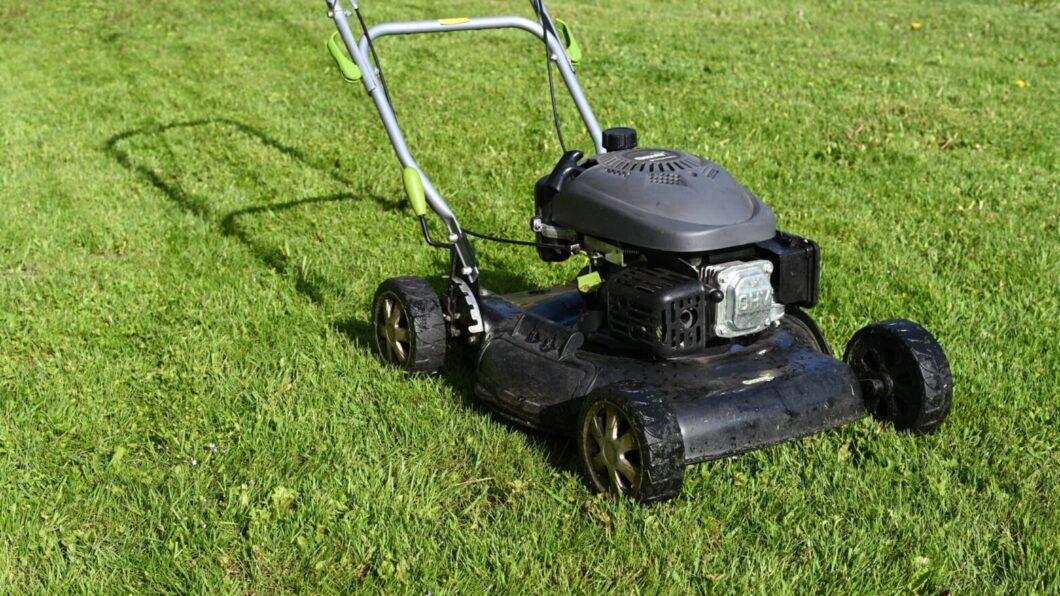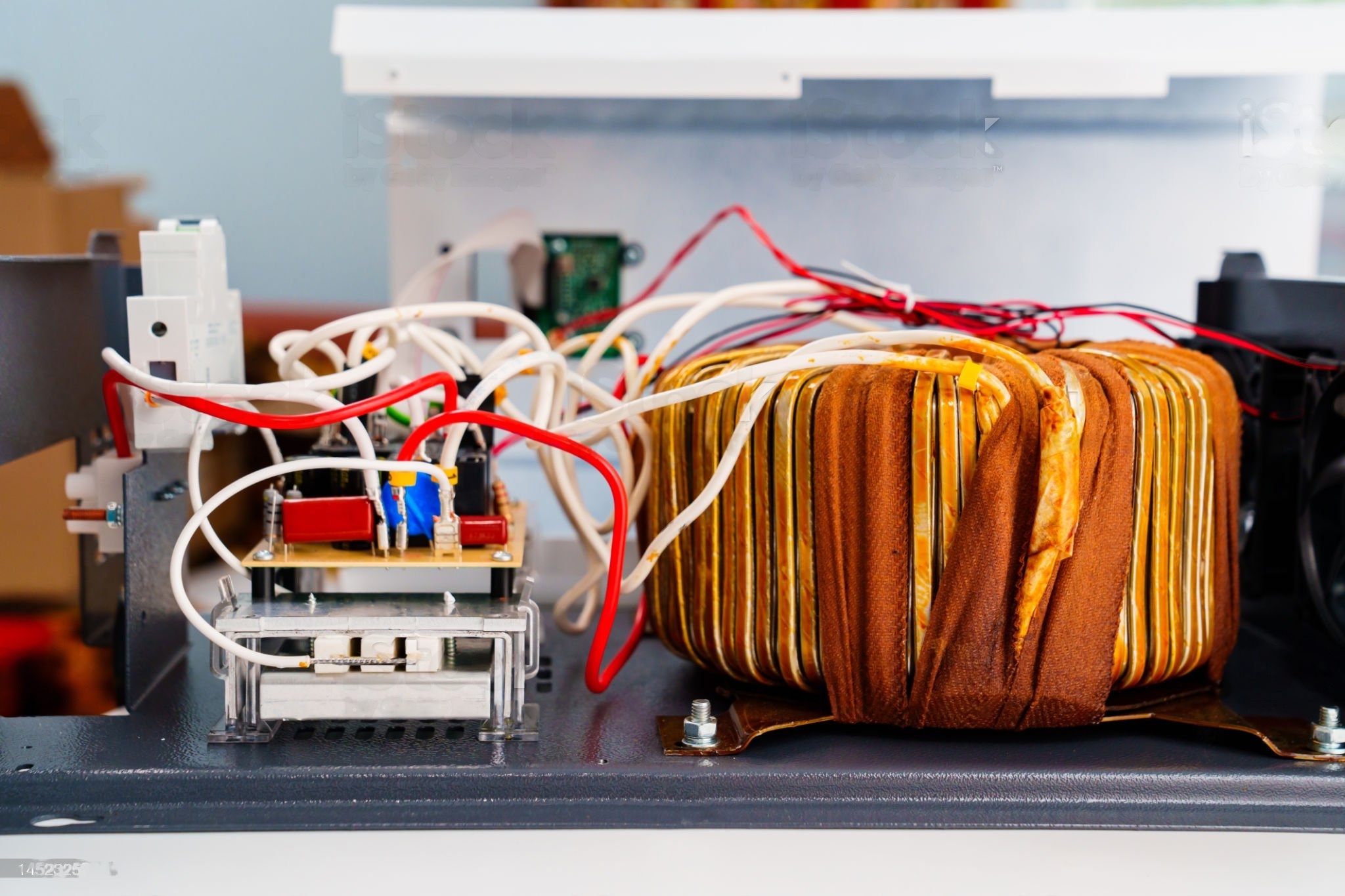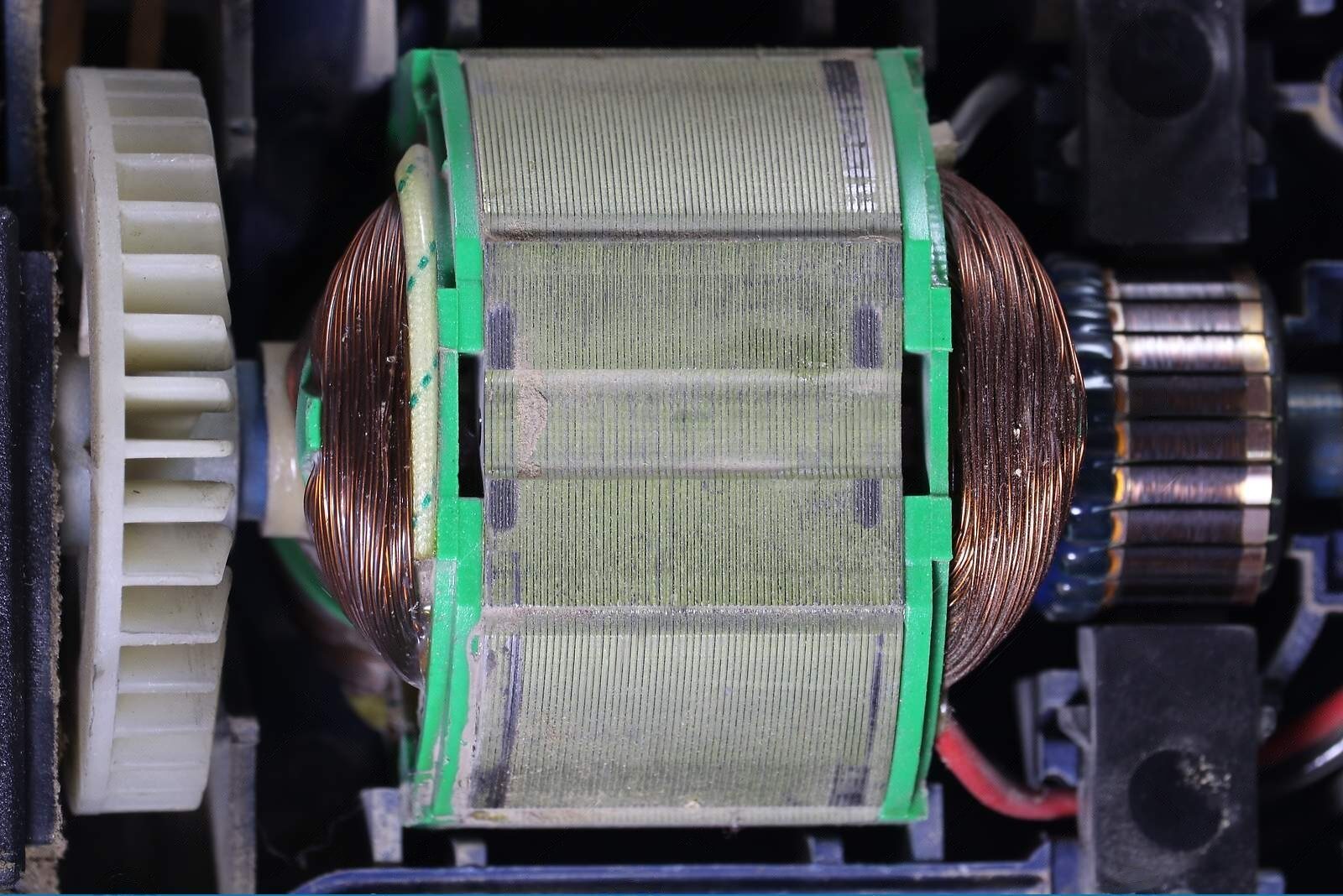If the blade of a lawnmower is not rotating, there are several possible reasons for this issue. Here are some common causes and solutions:
Power supply: Check if the lawnmower is receiving power. Ensure that the power cord is securely connected if it is an electric lawnmower. If you are using a battery-powered lawnmower, make sure the battery is charged and properly inserted.
Faulty switch: The on/off switch may be defective or damaged. Inspect the switch for any signs of damage, and if necessary, replace it with a new one.
Drive belt or pulley: If you have a gas-powered lawnmower, it may have a drive belt that connects the engine to the blade. Check the drive belt for any signs of wear, damage, or looseness. If the belt is worn out or loose, it may need to be replaced. Similarly, inspect the pulleys to ensure they are in good condition.
Blade brake/clutch: Some lawnmowers have a blade brake or clutch mechanism that disengages the blade when not in use or for safety purposes. Make sure the brake or clutch is not engaged or stuck in the disengaged position. Refer to the lawnmower’s manual for instructions on how to properly operate the brake or clutch mechanism.
Blade obstruction: Examine the area around the blade to check for any debris, grass clippings, or other objects that may be obstructing the blade’s movement. Clear out any obstructions carefully, ensuring the lawnmower is turned off and disconnected from the power source.
Blade damage: Inspect the blade itself for any signs of damage, such as bends, cracks, or dullness. A damaged or dull blade may prevent it from rotating properly. If the blade is damaged, it should be replaced with a new one.
Motor or engine issues: If you have a gas-powered lawnmower, the motor or engine may be experiencing problems. It could be due to a lack of fuel, a clogged fuel line, a faulty spark plug, or other mechanical issues. Check the fuel level, clean or replace the spark plug, and ensure the engine is properly maintained according to the manufacturer’s guidelines.
Mechanical faults: There might be other mechanical faults within the lawnmower, such as a faulty transmission or gearbox. In such cases, it is recommended to seek professional assistance or consult the lawnmower’s manufacturer for guidance.
It is important to remember that these are general troubleshooting steps, and the specific solution may vary depending on the make and model of your lawnmower. Always refer to the manufacturer’s manual or seek professional help if you are unsure about any repairs or maintenance procedures.


